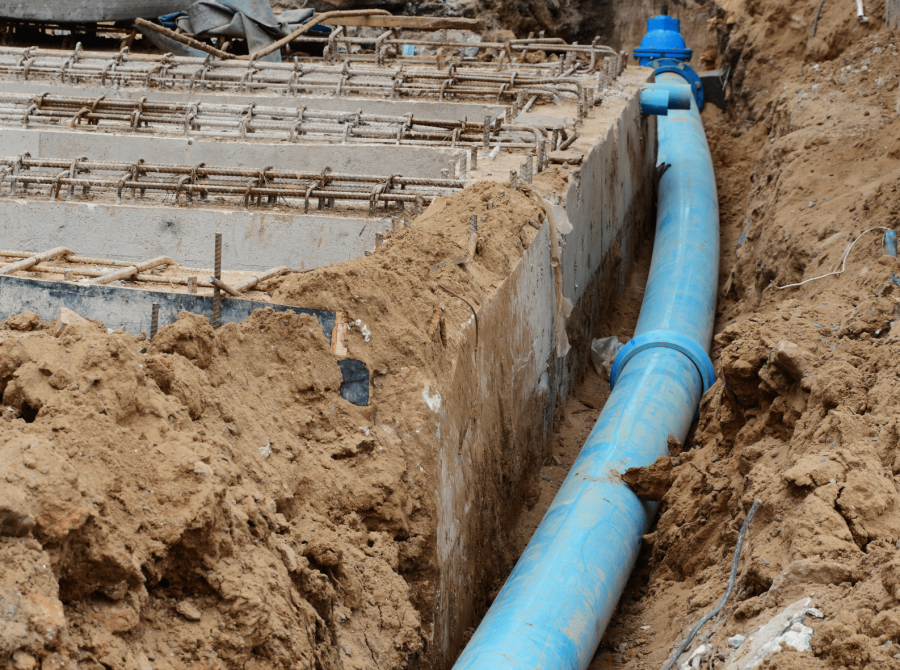
Exploring Geotechnical Applications of Spray Polyurethane Foam

Spray polyurethane foam (SPF) has long been celebrated for its role in insulation, but its potential extends far beyond keeping buildings warm. In the field of geotechnical engineering, SPF emerges as a versatile and innovative solution, offering a myriad of applications to address a wide range of challenges in construction, infrastructure, and environmental projects. Let's delve into the diverse array of geotechnical applications where SPF shines.
Lifting and Stabilizing Concrete
One of the standout applications of SPF in geotechnical engineering is its use in lifting and stabilizing concrete. When concrete slabs sink or become uneven due to soil erosion or settling, SPF comes to the rescue. By injecting expanding polyurethane foam beneath the concrete, it lifts the slab back to its original position, providing structural support and stability. This method offers a cost-effective and minimally invasive alternative to traditional techniques, saving time and money while restoring the integrity of concrete surfaces.
Soil Stabilization
SPF plays a pivotal role in soil stabilization, particularly in areas prone to erosion, subsidence, or slope instability. By injecting foam into unstable soil, it reinforces and strengthens the ground, mitigating the risk of foundation settlement or slope failure. This application is invaluable in construction projects where maintaining soil integrity is critical for building stability and safety. SPF's ability to fill voids and compact soil provides a reliable solution for stabilizing challenging terrain.
Protective Coating for Underground Pipelines
In underground pipeline construction, SPF serves as a protective coating to safeguard pipelines from corrosion, abrasion, and mechanical damage. By encapsulating pipelines with SPF, it creates a durable and seamless barrier that enhances the longevity and performance of the infrastructure. SPF's ability to conform to irregular shapes and fill voids ensures a tight seal around the pipeline, preventing water ingress and protecting against environmental hazards. This application is essential for ensuring the integrity and reliability of underground pipelines in various industries.

Marine Flotation
SPF finds versatile applications in marine environments, providing buoyancy and flotation for structures such as docks, buoys, and floating platforms. By filling voids and cavities with foam, it ensures buoyancy and stability, preventing water intrusion and structural damage. SPF's closed-cell structure makes it impermeable to water, ensuring long-term buoyancy and durability in marine applications. Whether used in coastal infrastructure or offshore installations, SPF offers a reliable solution for enhancing the resilience and performance of marine structures.
Waste Encapsulation
In environmental remediation projects, SPF is employed for waste encapsulation to contain and stabilize hazardous or contaminated materials. By encapsulating waste materials with foam, it creates a secure barrier that prevents leaching and contamination of soil and groundwater. This application is instrumental in mitigating the spread of pollutants and protecting human health and the environment.

Conclusion
In conclusion, spray polyurethane foam emerges as a versatile and indispensable tool in geotechnical engineering, offering innovative solutions for lifting and stabilizing concrete, soil stabilization, protective coating for underground pipelines, marine flotation, and waste encapsulation. Its unique properties, including expansive capabilities, durability, and versatility, make it well-suited for addressing a wide range of challenges in construction, infrastructure, and environmental projects. As technology continues to advance and environmental concerns grow, SPF's role in geotechnical applications will only continue to expand, shaping the future of sustainable and resilient infrastructure worldwide.






